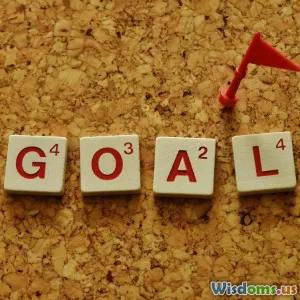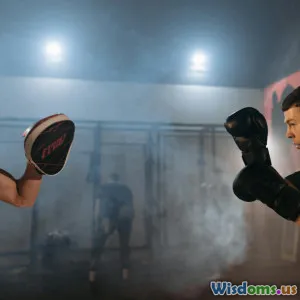
Beginner Visualization Techniques That Top Athletes Swear By
15 min read Discover beginner-friendly visualization techniques trusted by elite athletes to boost confidence, sharpen focus, and enhance performance. (0 Reviews)
Beginner Visualization Techniques That Top Athletes Swear By
When you watch a top athlete perform at the highest level, it’s easy to assume their edge lies solely in training, talent, or physical prowess. But dig deeper, and you'll discover that many champions credit creative, mental ‘practice’ for their success. Visualization is their secret weapon: the art and science of seeing victory before it happens. Even for beginners, learning basic visualization techniques can prime the body and mind for real-world achievement, increase motivation, and help manage pressure.
Let’s explore visualization the way athletes use it—with actionable methods, real-world examples, and pro-tested insights you can put into play today.
What is Visualization—and Why Does it Work?
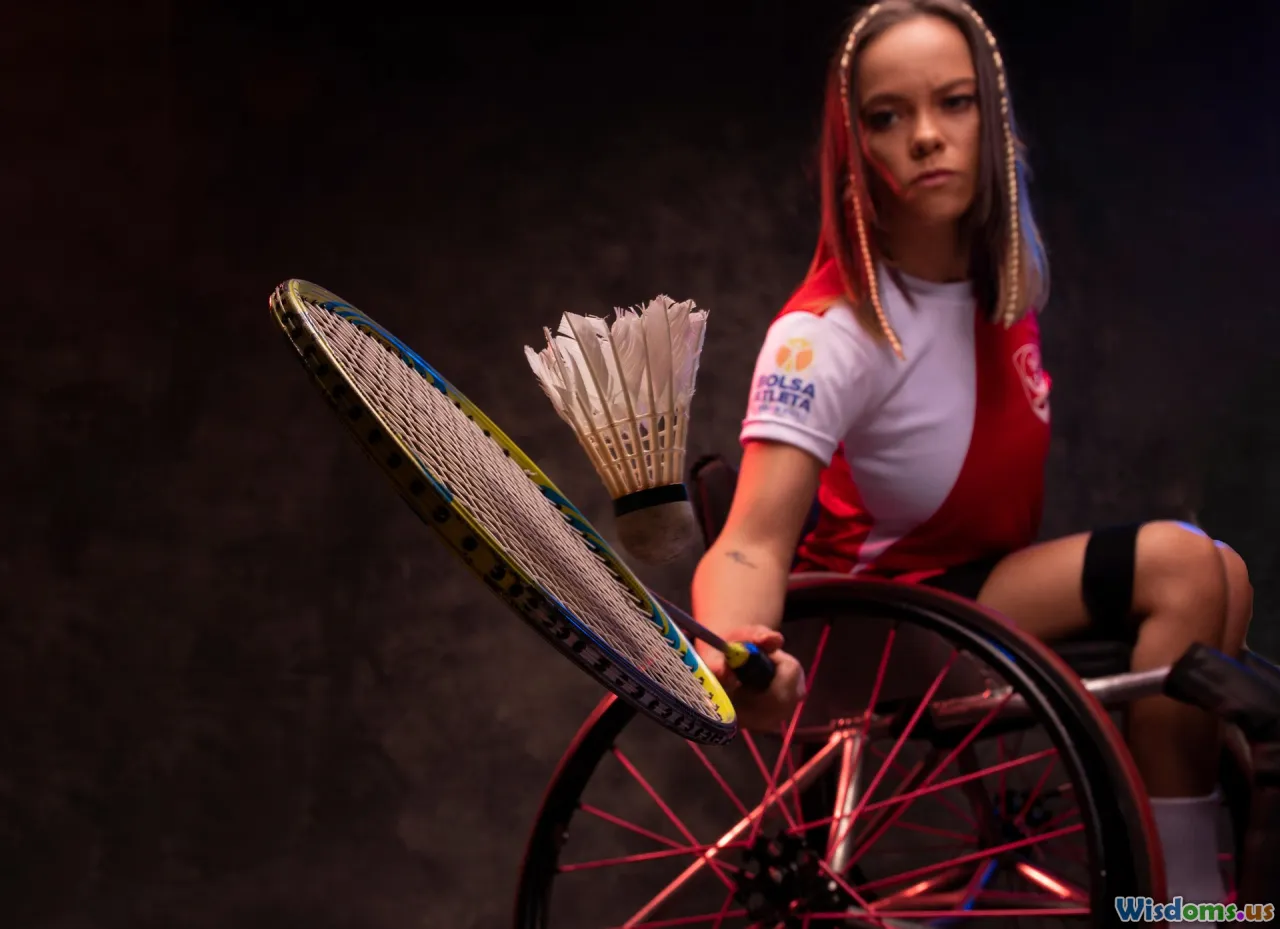
Visualization—sometimes called mental imagery—is a cognitive rehearsal process where you imagine an action or performance in a detailed, systemic way. Rather than daydreaming, visualization is active, intentional, and reasoned. When Michael Phelps, the most decorated Olympian, famously replayed his swimming races in his head the night before each event, he was using visualization to fine-tune his reactions and responses.
How does visualization help performance?
Neurological research has shown that imagining action activates many of the same neural pathways as actually performing that action. In other words, if you close your eyes and picture swinging a golf club, your brain lights up as if you're holding the club in your hands. For beginners, this means repetitive mental practice can engrain movements—even before your body practices them.
The Science in Action
- fMRI studies confirm that mental imagery recruits motor cortex activity, reducing skill acquisition time when combined with physical repetitions (Guillot et al., 2014).
- Legendary athletes like Jack Nicklaus and Lindsey Vonn have spoken about the practice. Vonn, for example, visualized every inch of her ski runs before competition.
Types of Visualization: Internal vs. External Perspectives
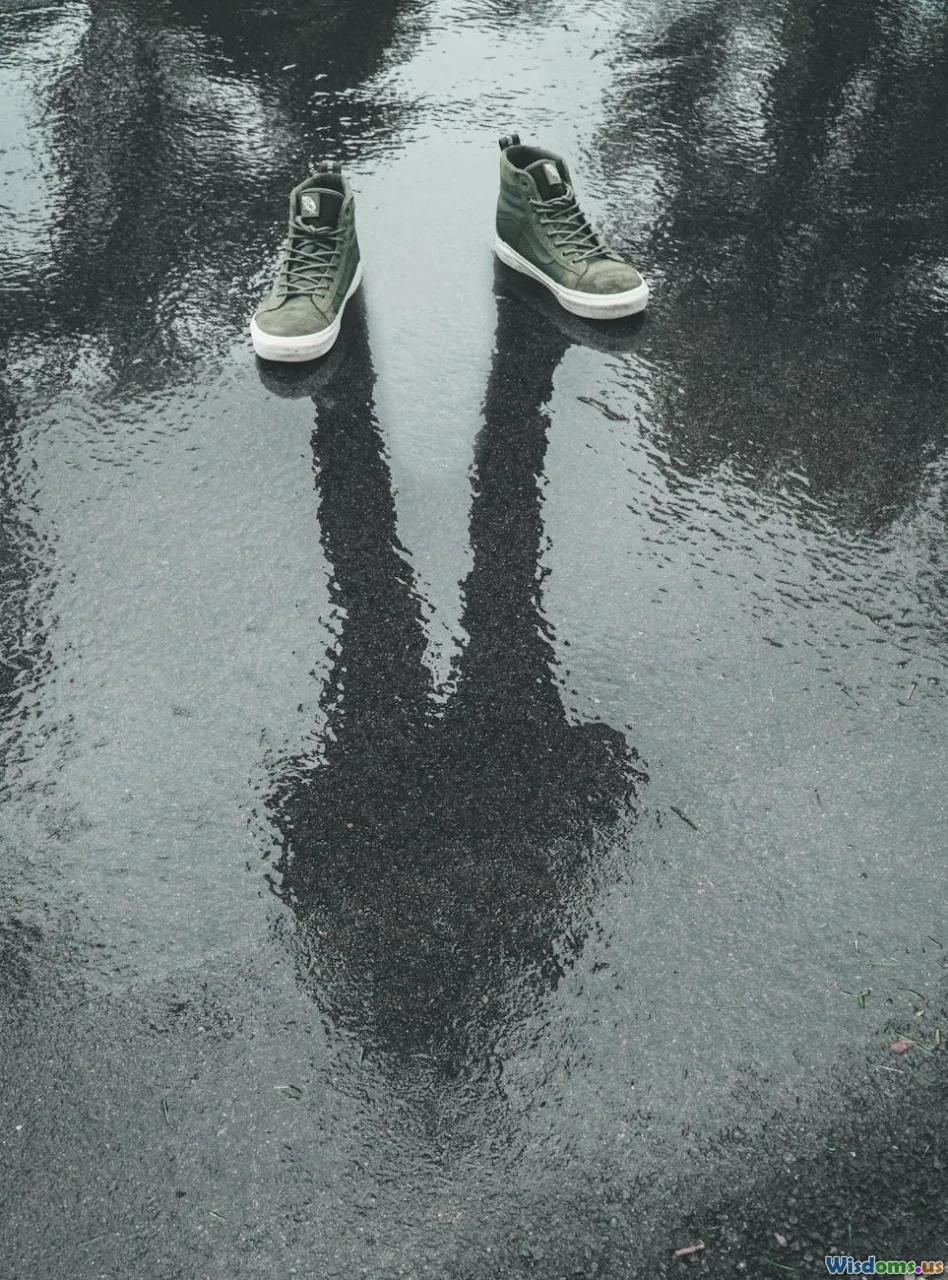
Before jumping in, it helps to know there are two primary perspectives in visualization, each with its purpose:
Internal Perspective
In first-person visualization, you view events as though they're unfolding through your own eyes. This type is ideal for skill rehearsal—pitching a baseball, executing a tennis serve, or shooting free throws. NBA star Stephen Curry uses this technique while preparing for games, mentally replaying his shots until the movements become automatic.
External Perspective
Third-person visualization involves seeing yourself as if watching on video, focusing on technique, form, and overall performance. Sprinters or dancers use this to review posture, body angles, or collaborative cues.
Coaching insight for beginners: Start with the internal viewpoint to condition your body’s response, then occasionally shift to the external angle to refine style and correct faults. Blending both increases self-awareness—key to nailing consistency.
Crafting Effective Visualization Sessions: A Step-by-Step How-To
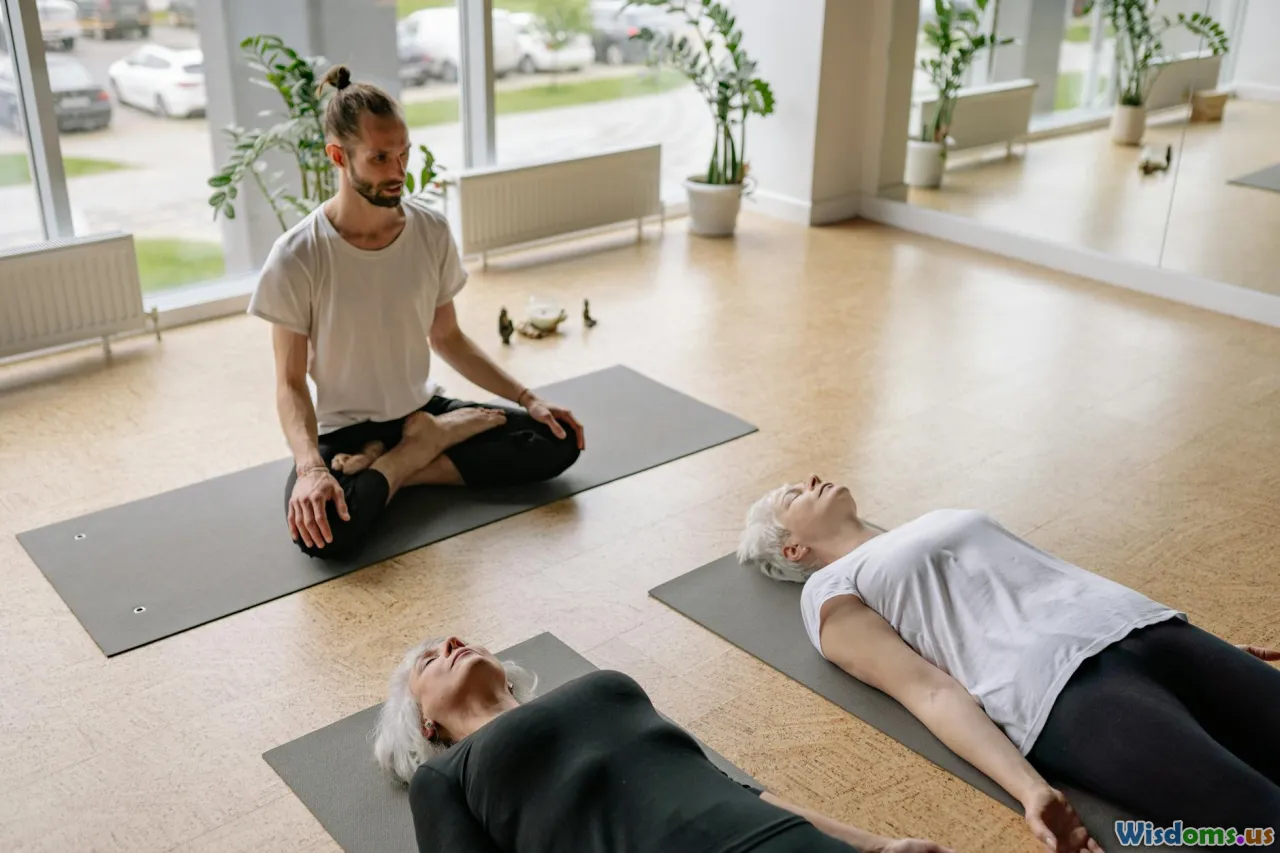
Let’s make theory practical. Here’s a clear, actionable pathway to try visualization:
- Find a quiet space. Eliminate distractions—a calm, private area works best.
- Set a goal for your session. Is it a specific swing, run, speech, or routine? Be precise.
- Relax into the process. Breathe deeply, letting your physical tension fade. Olympian Allyson Felix, the track sprinting icon, begins every visualization session this way.
- Engage your senses. See, hear, and feel the environment. If you're visualizing a soccer goal, imagine the turf, crowd, wind, ball’s spin, the whistle—details build realism.
- Picture success, not just process. Make mental movies of flawless performances—but also include realistic challenges and overcoming them. This was the basis of Peyton Manning’s visualization, where he’d mentally rehearse every scenario he might face on the football field, including setbacks and how to respond.
- Encourage positive emotion. Notice feelings: confidence, calm, anticipation. Attach emotional certainty to success. Simone Biles, the gymnastics legend, focuses on the excitement and satisfaction following a perfect run.
- Review and repeat. Five to ten minutes daily is enough for beginners. Consistency sharpens mental wiring.
Bonus Tip: Some athletes record themselves speaking through their process, playing it back like a guided meditation to reinforce focus.
Visualization for Skill Mastery: From Beginners to Olympians
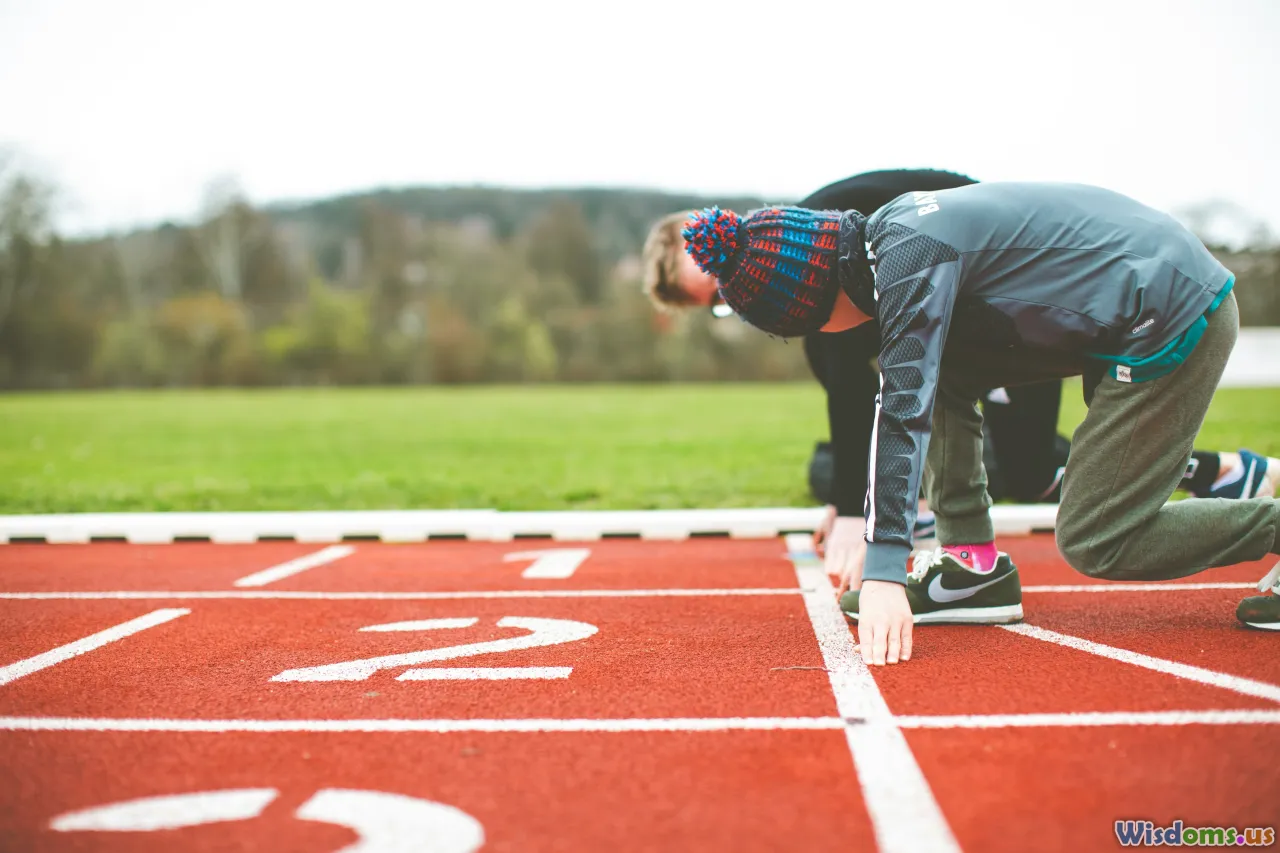
For athletes just starting out, visualization quickly amplifies skill development by allowing for low-risk, high-rep practice mentally. The earlier you use mental imagery alongside real-world drills, the smoother progress becomes.
- “Practice makes permanent,” says legendary basketball coach Phil Jackson. Visualization teaches you the “feel” of technique even before muscle memory is established.
Real-World Examples at Work
- Golf: Jack Nicklaus famously said, “I never hit a shot, not even in practice, without having a very sharp, in-focus picture in my head.” He mentally rehearsed every club swing.
- Swimming: Katie Ledecky, multi-Olympic gold medalist, spends time imagining her pacing, water feel, even stroke timing—translating to a smoother pool session.
- Figure Skating: Young beginners picture each jump, rotation, and landing before skating them on ice. This serves both technical and confidence-building purposes.
Research from the Journal of Sports Sciences (2020) found that beginners who included daily five-minute visualization improved their technical consistency by up to 17% compared to practice alone.
Beyond Winning: Visualization for Nerves and Resilience

Pressure is an inevitable part of competitive sports. One underrated benefit of visualization is its power to soothe nerves and prepare you for high-stakes environments.
How Visualization Diffuses Pressure
Renowned tennis champion Novak Djokovic reports using imagery “to get into the state of mind where I feel calm and prepared, even if it’s a Grand Slam final.” By repeatedly picturing challenging moments—a noisy crowd, a last-minute call from a ref, or a wobble during a routine—athletes hardwire a positive response to adversity.
A 2019 study from the University of Essex found junior athletes who practiced visualization reported 23% less pre-competition anxiety and felt 30% more prepared to tackle setbacks, compared to peers who didn’t use mental rehearsal.
Tips for Mental Calm
- Pre-Game Visualization: Picture warm-ups, locker-room rituals, greeting teammates—each part of your prep, not just the game itself. Routine calms the mind.
- Buffer for Mistakes: Imagine mistakes, then see yourself resetting and returning strong. Coaches teach beginners to ‘mentally rewind’—a habit that builds resilience after real errors.
- Anchor Cues: Many athletes—like gymnasts or divers—visualize a calming word, gesture, or breath they’ll use before starting. Rehearse this in your imagery and you'll recall it under stress.
Making Visualization Stick: Consistency and Journaling

Visualization only delivers results with repeated, structured use. While initial improvements are quick, real transformation demands persistence.
How to Build a Visualization Habit
- Schedule short, daily sessions: Early morning or night works best before distractions mount.
- Pair with Journaling: Record what you visualized, what felt clear, any new insights, or mental roadblocks. Coaches for youth teams often assign weekly ‘imagery logs,’ helping athletes measure improvement.
- Tie sessions to practice: Spend five minutes visualizing before training, and replay successes afterward. This solidifies physical learning with mental feedback loops.
Pro Tactic: World champion sprinter Shelly-Ann Fraser-Pryce writes post-race debriefs and pre-race visualizations in the same notebook, reviewing both before competition days.
When Results Show Up
Sponsored studies in collegiate soccer (Stewart et al., 2022) found that athletes adhering to a three-week visualization program scored higher on post-practice skill tests and reported greater feelings of control—another confidence boost for beginners who stick with it.
Visualization Tools: Tech, Apps, and Guided Practices

New athletes can now access advanced tools for structured visualization, moving beyond simple daydreaming. Here are a few accessible technological aids:
- Mobile Apps: Headspace and Primed Mind include sports-based guided visualizations for specific focus areas.
- YouTube Channels: Olympians and sports psychologists have curated walkthrough videos, ideal when you need targeted routines or sport-specific cues.
- Biofeedback devices: Some gadgets, like the Muse headband, track brain waves during visualization, helping users maintain focus and relaxation.
- Pre-recorded scripts: National sports bodies like US Olympic Committee have downloadable sessions tailored for everything from golf putting to pre-match nerves.
Suggestion: Try blending audio guides with self-written scripts. For instance, if you're a beginner cyclist, record your route outline, motivational phrases, and riding technique cues in your own voice, listening back to create a multisensory training session.
Common Pitfalls (and How to Avoid Them)

Of course, not all visualization efforts yield immediate breakthroughs. Here’s where many beginners trip up, and what elite athletes do differently:
Pitfalls
- Being too vague: Generic scenes—just ‘seeing yourself win’—don’t engage your neurons deeply. Realistic sensory detail is vital.
- Neglecting adversity: Only picturing smooth routines doesn’t gird you for real-life complications. Mentally rehearse bounce-backs.
- Inconsistency: Sporadic practice doesn’t create durable habits. Like physical drills, regular sessions lead to progress.
Pro Tips for Success
- Start simple, not perfect. Even brief, clumsy attempts train your brain, as long as they’re specific: “Imagine each step of your tennis serve, not just the outcome.”
- Lean on mentors: Share your imagery focus with coaches—many have prompts or sport-specific cues tailored for your development year.
- Track changes: Note improvements in skill recall, stress management, or confidence. Athletes who journal their mental routines notice growth they can map.
Visualization Fuels Progress—Even Off the Field

The real revelation is just how far the benefits of visualization extend beyond sports. CEOs, surgeons, musicians—anyone striving for excellence—lean on these techniques. For a tennis player, mental rehearsal builds crisp volleys. For a public speaker, it’s the difference between a shaky talk and a commanding keynote.
From sideline visualization during breaks, to calming nerves ahead of pivotal meetings, the same proven tactics hold true. Step into your internal theater, and practice victory before it happens.
The world’s best athletes know what works—and so can you.
Rate the Post
User Reviews
Popular Posts











